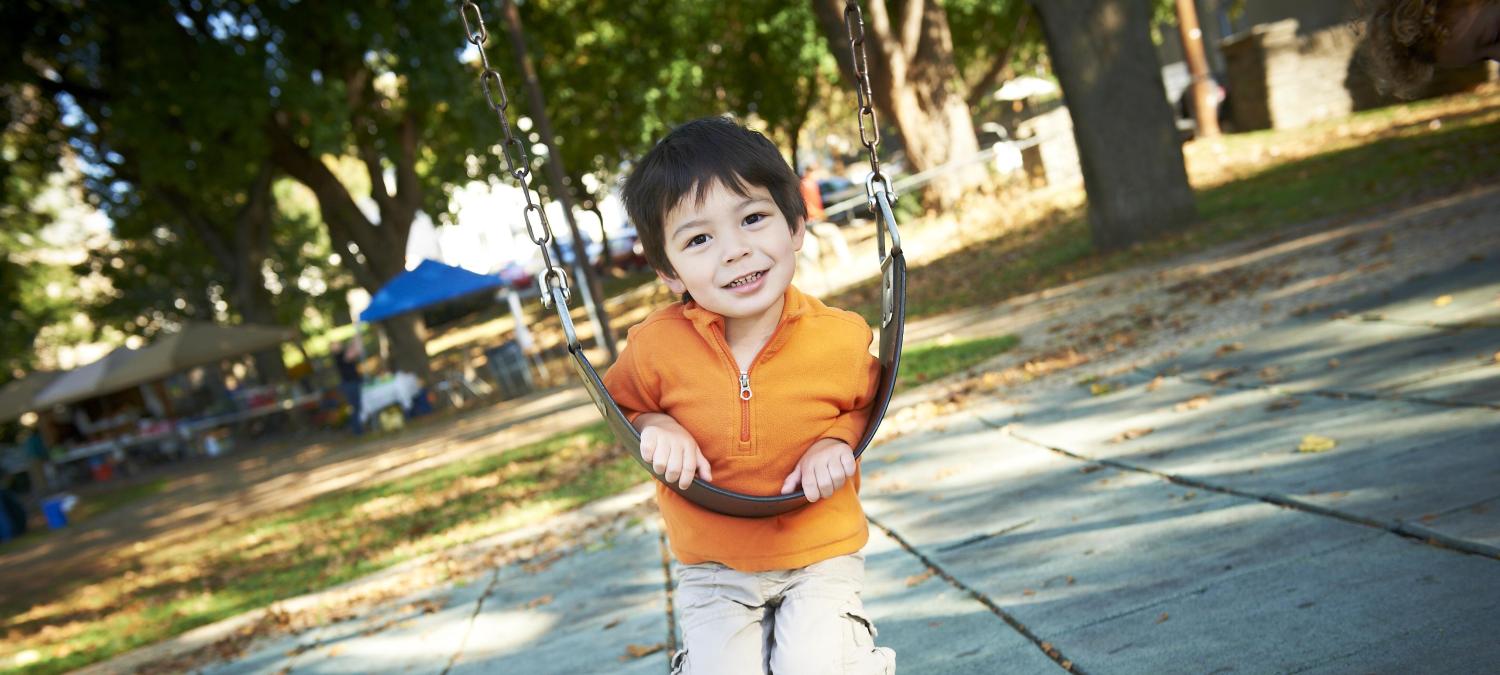

Publications
Search Tips
- Apr 2020
Children in foster care have worse medical and behavioral health than children in the general population. This is influenced by multiple factors, including a high incidence of poverty, exposure to trauma, and chronic medical conditions. Despite known differences in health, less…
- Apr 2020
In the last few years, US immigration policy has received increasing attention from the media, political candidates, and citizens. Within the medical community, there has been a slower but burgeoning realization that immigration policy has consequences for the practice of medicine as…
- Apr 2020
Although there is growing interest in screening for Food Insecurity (FI) in the clinical setting, little research exists describing the effect of screening practices on caregiver comfort and willingness to disclose social risk, or what factors affect eventual engagement with food…
- Mar 2020
While emerging adulthood (ages 18-25) is marked by increased independence from parents, parental support remains a strong correlate of positive sexual health outcomes for heterosexual youth. With the emergence of pre-exposure prophylaxis (PrEP), few studies have examined the potential…
- Mar 2020
Primary care has been promoted as a setting to identify and manage adolescent depression. This study examined primary care-based adolescent depression identification and follow-up care when elevated symptoms were identified. Data came from a large pediatric care network with an…
- Mar 2020
OBJECTIVE: Multiple cognitive risks from different theoretical paradigms (dysfunctional attitudes, negative inferential style, self-criticism, dependency, brooding) predict depression, but may be transdiagnostic vulnerabilities for multiple psychopathologies. Risk factors can be…
- Mar 2020
On behalf of the School District of Philadelphia, PolicyLab conducted an assessment and review of school health services offered by the district in 2019. Using this evaluation, we aimed to identify strengths and opportunities for enhanced coordination and efficiency of health service…
- Mar 2020
OBJECTIVE: To determine the association between neighborhood poverty and ADHD severity among children in a large metropolitan area. METHODS: This is a secondary analysis of data collected April 2016 to July 2017 at the Children's Hospital of Philadelphia Care Network. We attributed…
- Mar 2020
Abusive head injuries in infants may be occult but clinically or forensically important. Data conflict regarding yield of neuroimaging in detecting occult head injuries in infants evaluated for physical abuse, with prior studies identifying yields of 4.3-37.3 %. OBJECTIVES: 1) To…
- Mar 2020
The aim of the study was to characterize perceived social support for young men and transgender women who have sex with men (YM/TWSM) taking HIV pre-exposure prophylaxis (PrEP). METHODS: Mixed-methods study of HIV-negative YM/TWSM of color prescribed oral PrEP. Participants…